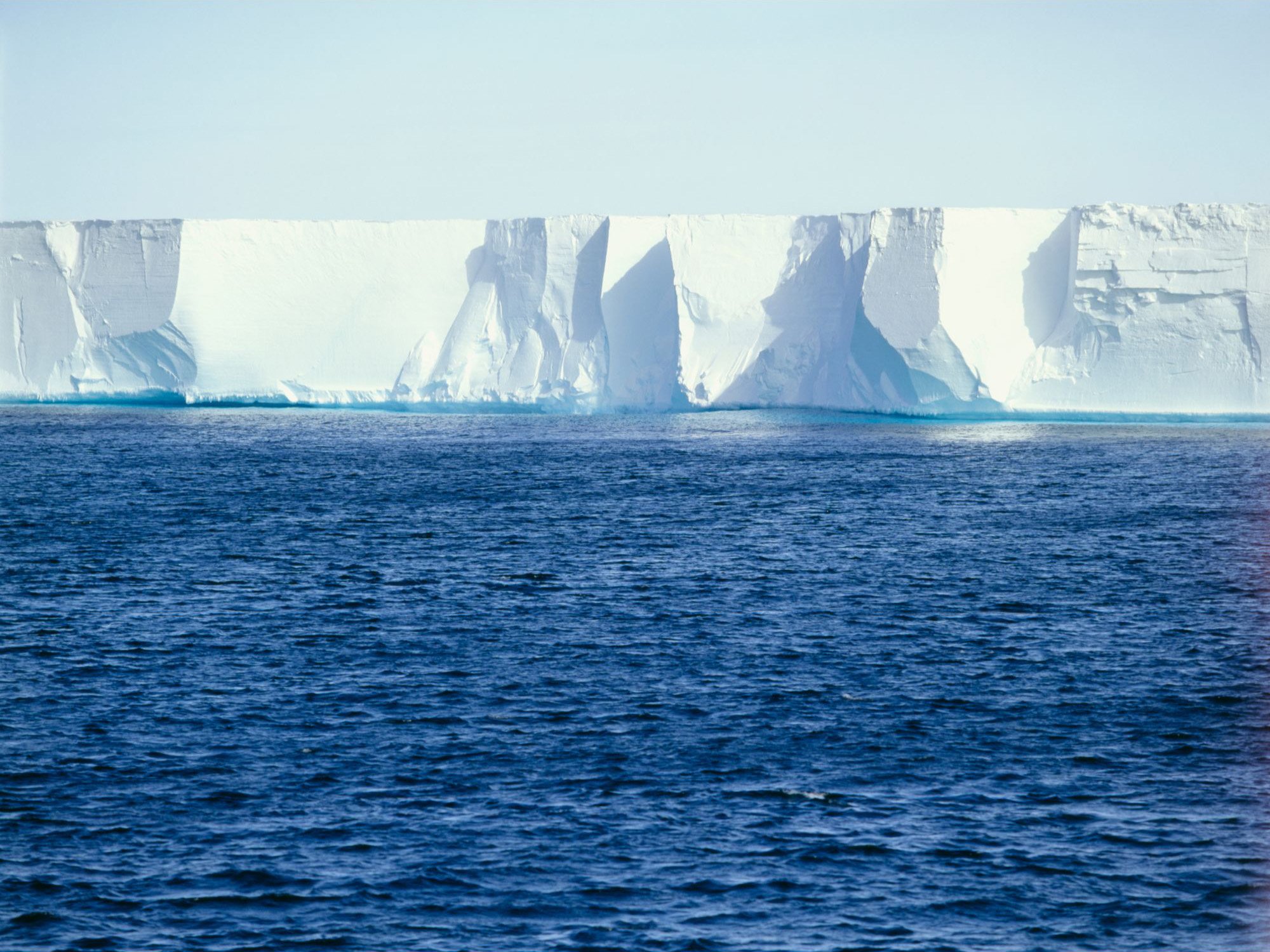from
Research from Washington University in St. Louis reveals that Antarctica’s Ross Ice Shelf, roughly the size of France, is being displaced daily by ice flow. This movement, caused by a sudden slip of the ice stream, can affect ice earthquakes and shelf fractures, raising concerns about the stability of the ice shelf in a warming world.
Ice flow activity caused the sudden shift of the Ross Ice Shelf.
In Antarctica, the massive glaciers are constantly shifting. Ice streams, which act like conveyor belts, are the fast-moving pathways that transport most of the ice and residual sediments from these vast glaciers to the ocean.
One such ice flow pushes through the entire Ross Ice Shelf at least once a day, according to new research from Washington University in St. Louis.
This discovery is important because of the scale of the Ross Ice Shelf: it is the largest ice shelf in Antarctica, roughly the size of the country of France.
“We found that the entire shelf suddenly moves about 6 to 8 centimeters (or 3 inches) once or twice a day, triggered by the slippage of an ice stream flowing into the ice shelf,” said Doug Wiens, Robert S. Brookings Distinguished Professor of Earth, Environmental, and Planetary Science in the Arts and Sciences. “These sudden movements could potentially play a role in triggering ice tremors and fractures in the ice shelf.”
The Ross Ice Shelf is a floating lip of ice that extends over the ocean from inland glaciers.
Scientists are interested in interactions between ice shelves and ice streams in part because they are concerned about the stability of Antarctica’s ice shelves in a warming world.
Ice shelves act as brakes on glaciers and ice streams, slowing their journey to the sea where they melt, thereby allowing more ice to accumulate on the continent. If an ice shelf collapses, that support disappears and glaciers can flow faster. Once they flow into the ocean, they contribute to sea level rise.
The new study, in Geophysical Research Lettersfocuses on the movement caused by the Whillans Ice Stream, one of about half a dozen of the large, fast-moving rivers of ice draining into the Ross Ice Shelf.
“One wouldn’t detect movement just by feeling it,” Wiens said. “The movement occurs over a period of several minutes, so it is not noticeable without tools. That’s why the movement has not been detected until now, even though people have been walking and camping on the Ross Ice Shelf since the time of the great explorers Robert F. Scott and Roald Amundsen.”
A sudden slip
The movement of the Ross Ice Shelf is triggered by a relatively sudden – in glacial plane – movement of the ice stream, called a slip event. It is somewhat similar to the “slip” that occurs along a fault before and during an earthquake.
In the scenario that Wiens and his team observe, a large section of the Whillans Ice Stream, measuring more than 100 km by 100 km, remains stationary while the rest of the ice stream creeps forward. Then, once or twice a day, the large section lurches forward against the Ross Ice Shelf.
It can move up to 40 cm (16 inches) in a few minutes, Wiens said.
Studies of ice streams over the past 50 years have shown that some ice streams are speeding up and others are slowing down. Scientists can use seismographs to detect the sudden movement of ice flows to understand what controls this movement. Wiens and his team traveled to Antarctica in 2014 to set up the seismographs used in this study.
“I’ve published several articles in the past about slippage events on the Whillans Ice Stream, but until now I hadn’t discovered that the entire Ross Ice Shelf was also moving,” Wiens said.
The researchers do not believe these slip events are directly related to human-caused global warming. One theory is that they are caused by the loss of water in the bed of the Whillans Ice Stream, making it more “sticky”.
The stress and strain associated with slip events are similar to the stress and strain observed to trigger ice earthquakes under different conditions.
“At this point, ice tremors and fracturing are just part of the normal life of the ice shelf,” Wiens said. “There are fears that the Ross Ice Shelf will one day break up, as other smaller and thinner ice shelves have done. We also know that the Ross Ice Shelf broke up during the last interglacial period – about 120,000 years ago – and this caused a rapid loss of ice to the other glaciers and ice streams feeding into it.
Reference: “Displacement of the Ross Ice Shelf and elastic plate waves induced by slip events on the Whillans Ice Stream” by Douglas A. Wiens, Richard S. Aster, Andrew A. Nieblade, Peter D. Bromirski, Peter Gerstoft, and Ralph A. Stephen March 27, 2024, Geophysical Research Letters.
DOI: 10.1029/2023GL108040



